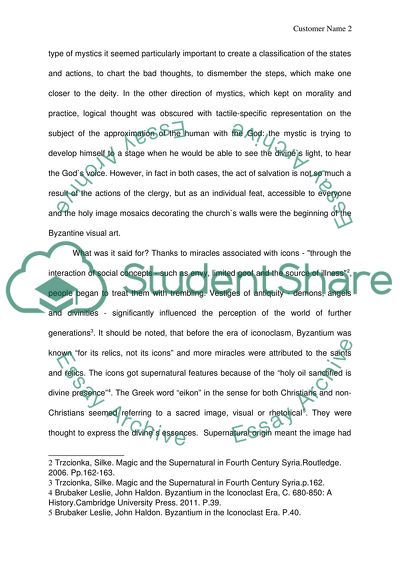Cite this document
(“Why did Byzantine culture favour cult images of supernatural origin Essay”, n.d.)
Why did Byzantine culture favour cult images of supernatural origin Essay. Retrieved from https://studentshare.org/history/1679956-why-did-byzantine-culture-favour-cult-images-of-supernatural-origin
Why did Byzantine culture favour cult images of supernatural origin Essay. Retrieved from https://studentshare.org/history/1679956-why-did-byzantine-culture-favour-cult-images-of-supernatural-origin
(Why Did Byzantine Culture Favour Cult Images of Supernatural Origin Essay)
Why Did Byzantine Culture Favour Cult Images of Supernatural Origin Essay. https://studentshare.org/history/1679956-why-did-byzantine-culture-favour-cult-images-of-supernatural-origin.
Why Did Byzantine Culture Favour Cult Images of Supernatural Origin Essay. https://studentshare.org/history/1679956-why-did-byzantine-culture-favour-cult-images-of-supernatural-origin.
“Why Did Byzantine Culture Favour Cult Images of Supernatural Origin Essay”, n.d. https://studentshare.org/history/1679956-why-did-byzantine-culture-favour-cult-images-of-supernatural-origin.


